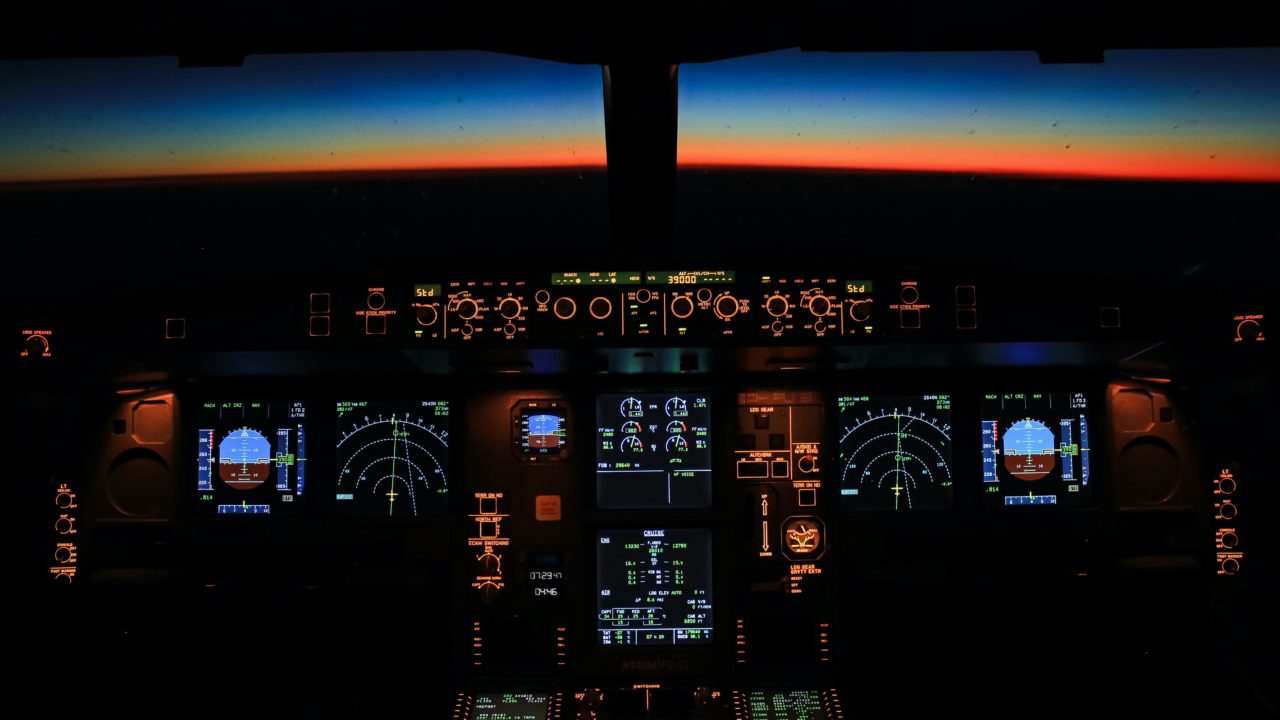
NTIA study indicates 5G won’t threaten air travel
A new study by NTIA has found that 5G service does not pose a serious threat to air travel, as was previously feared by the aviation industry. It turns out that better cell service will not interfere with airplanes as they take off and land, which is excellent news for both wireless and airline customers.
Major airlines had sought to delay AT&T and Verizon’s planned 5G activation at the beginning of this year, believing that 5G service would interfere with airplanes’ altimeters, which measure a plane’s altitude from the ground and are critical to landing in low visibility. Airlines worried that the 5G service the two carriers planned to activate in cell towers near airports would bleed into the radar signals altimeters use during low-visibility landings to produce inaccurate readings. In January, airlines successfully lobbied the Federal Aviation Administration and members of Congress to pressure the carriers into delaying their 5G rollout by more than 18 months.
The NTIA study, however, indicates that these concerns were unfounded. According to the study’s abstract:
“The emission spectra show effective filtering that reduces out-of-band (OoB) 5G emissions in the radalt band by as much as -106 dB below the 5G fundamental, for an upper-bounded OoB 5G power density not exceeding -48.5 dBm/MHz when maximum measurement range was achieved.”
Translation: 5G emissions do not significantly bleed into altimeter radar readings. Researchers found that 5G transmissions stay safely within their assigned frequencies and mostly do not point signals skyward where aircraft operate. While it is true that 5G service has a non-zero effect on airplane navigation – the study found that there is a “low level of unwanted 5G emissions” in frequencies used by altimeters – this was on the fringes of the range of frequencies used by altimeters. Furthermore, FAA rightly advised airlines in June to attach filters to their altimeters to reduce these emissions, which seemed to solve the problem. With that small fix, cell carriers and airlines can peacefully coexist in the C-band.
This study is just the first of a series to test the feasibility of 5G deployment with filtered altimeters, and the issue will not be fully settled until the series is complete. Nonetheless, this report represents a good first step towards addressing the aviation industry’s safety concerns so that the cell industry can proceed with 5G deployment and get more Americans better service. To delay rollout any further will deprive consumers of the best possible service, slow high-speed broadband deployment, and put the United States even farther behind China in the race to 5G.
Read the full report here.